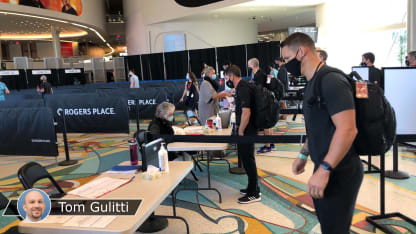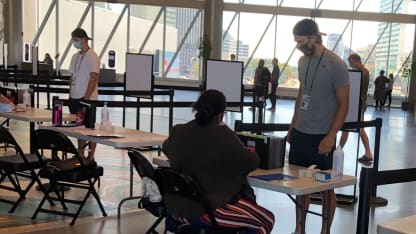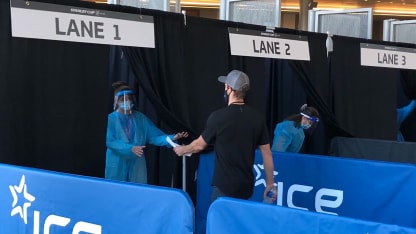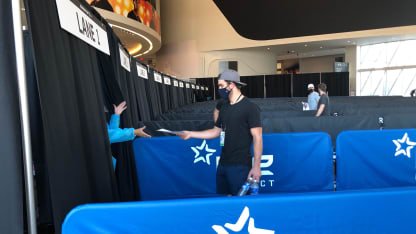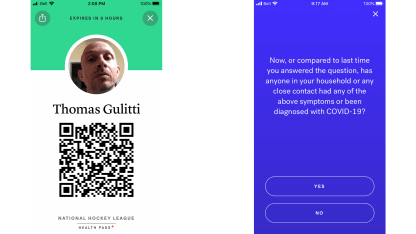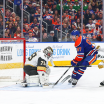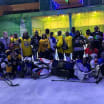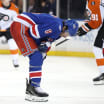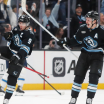Similar testing is happening in Toronto, the hub city for the 12 Eastern Conference teams in the Stanley Cup Qualifiers that begin Saturday, and an essential part of keeping players, coaches and staff healthy while resuming the NHL season -- daily testing -- has become almost routine over the four days since the teams arrived Sunday.
Each day in Edmonton, the hub city for the 12 Western Conference teams, about 900 players, coaches, team staff, League staff, hotel employees and security personnel are tested. On a day like Wednesday, when three exhibition games were played at Rogers Place, as many as 700 additional employees from Oilers Entertainment Group needed to service the building, including team suites and player lounges.
"It fluctuates on days," said NHL associate counsel Jamie Hacker, who oversees the testing process in Edmonton. "It really depends. Obviously, we'll start to diminish as the teams diminish."
Two private diagnostic laboratory services are handling the testing: DynaLIFE Medical Labs in Edmonton and LifeLabs Medical Laboratory Services in Toronto. A requirement of the NHL's testing plan was not interfering with testing for the public in the hub cities.
"Fortunately, we're in cities where the resources are available to do this without detracting at all from the public, which is one of the cornerstones that we built our program on," League chief medical officer Willem Meeuwisse said. "And we have a detailed protocol for handling positive tests that has been reviewed by the provincial and the national health agencies to ensure that we're, No. 1, detecting people early, as early as possible, and No. 2, preventing any further spread within the bubble."
